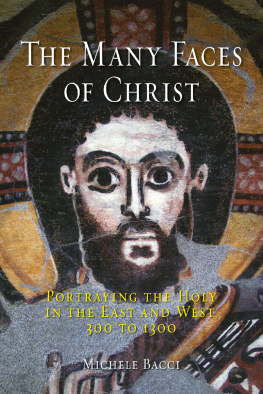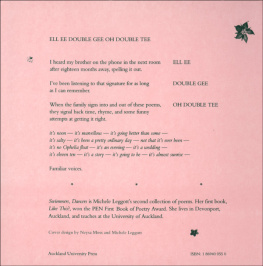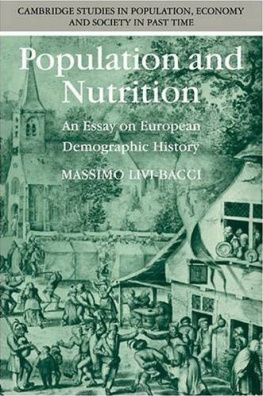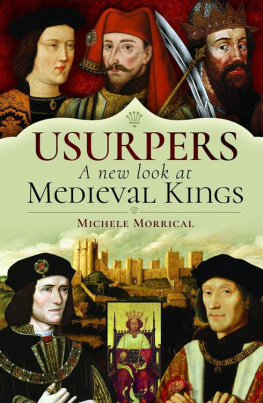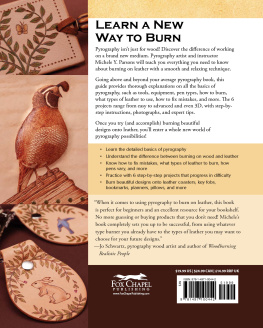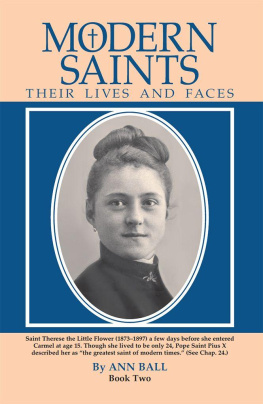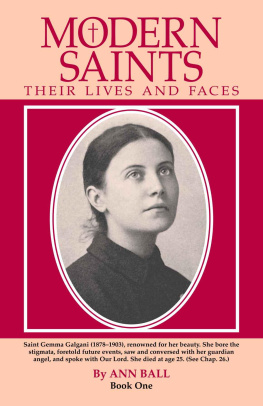Michele Bacci - The Many Faces of Christ
Here you can read online Michele Bacci - The Many Faces of Christ full text of the book (entire story) in english for free. Download pdf and epub, get meaning, cover and reviews about this ebook. publisher: Reaktion Books, genre: Religion. Description of the work, (preface) as well as reviews are available. Best literature library LitArk.com created for fans of good reading and offers a wide selection of genres:
Romance novel
Science fiction
Adventure
Detective
Science
History
Home and family
Prose
Art
Politics
Computer
Non-fiction
Religion
Business
Children
Humor
Choose a favorite category and find really read worthwhile books. Enjoy immersion in the world of imagination, feel the emotions of the characters or learn something new for yourself, make an fascinating discovery.
- Book:The Many Faces of Christ
- Author:
- Publisher:Reaktion Books
- Genre:
- Rating:5 / 5
- Favourites:Add to favourites
- Your mark:
- 100
- 1
- 2
- 3
- 4
- 5
The Many Faces of Christ: summary, description and annotation
We offer to read an annotation, description, summary or preface (depends on what the author of the book "The Many Faces of Christ" wrote himself). If you haven't found the necessary information about the book — write in the comments, we will try to find it.
The Many Faces of Christ — read online for free the complete book (whole text) full work
Below is the text of the book, divided by pages. System saving the place of the last page read, allows you to conveniently read the book "The Many Faces of Christ" online for free, without having to search again every time where you left off. Put a bookmark, and you can go to the page where you finished reading at any time.
Font size:
Interval:
Bookmark:


OF C HRIST
P ORTRAYING THE H OLY
IN THE E AST AND W EST ,
300 TO 1300
M ICHELE B ACCI
REAKTION BOOKS
In memory of my father,
Ivo Bacci (19392012)
Published by Reaktion Books Ltd
33 Great Sutton Street
London EC1V 0DX, UK
www.reaktionbooks.co.uk
First published 2014
Copyright Michele Bacci 2014
All rights reserved
No part of this publication may be reproduced, stored in a retrieval system, or transmitted, in any form or by any means, electronic, mechanical, photocopying, recording or otherwise, without the prior permission of the publishers
Published with the assistance of The Getty Foundation
Additional assistance from the Faculty of Humanities,
University of Fribourg
Page references in the Photo Acknowledgements and
Index match the printed edition of this book.
Printed and bound in China
by 1010 Printing International Ltd
A catalogue record for this book is available from the British Library
eISBN: 9781780233208
PART ONE
The Myth of the Archetypal Image
PART TWO
The Looks and Locks of Jesus of Nazareth
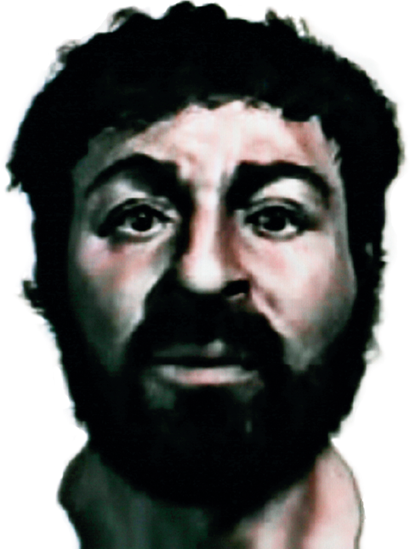
1 Computer-generated reconstruction of Christs face for the BBC TV programme Son of God, April 2001.
I n 2001 the BBC1 prime-time programme Son of God broadcasted an imaginative reconstruction of the historical Jesus face, displaying him with short, unkempt hair, thick beard, bulbous nose and a brownish complexion (
Indeed, many felt uncomfortable with this image of Jesus, largely because of his short-haired look. Clearly enough, the techniques of facial reconstruction exploited by the BBC experts did not enable them to understand how Christs hair might have looked. In their efforts to work out a reliable image of a first-century Palestinian Jew they relied on the available visual sources and made parallels with some physiognomic types encountered in the mural paintings of the mid-third-century synagogue in Dura Europos, Syria (see ).
). kyamuni too is characterized by his standard marks, including strongly elongated earlobes, a round protuberance on the forehead, an excrescence on the head top, and short hair composed of tufts curling to the right.
Indeed, the funny side of the story would not be recognizable had Nakamura departed from the most widespread conventions and used more unusual images, like the beardless, almond-eyed, kimono-wearing Jesus encountered in the artistic production of the Japanese crypto-Christians in the island of Ikitsuki (): this choice is perfectly logical if we imagine that it could enable its beholders, living in a Central Asiatic town, to recognize the subjects outstanding holiness in visual terms familiar to them. It is highly probable that, in such a context, long hair would have carried negative associations.
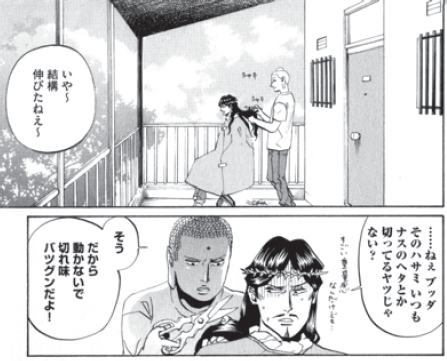
2 Hikaru Nakamura, Saint Young Men, 2009, manga strip.
The construction of a physiognomy is admittedly not only a matter of evoking a persons historical appearance; it also works as a visual strategy to convey meaning. Hair and beard can be manipulated to signal an individuals social, professional and religious identity, as well as their sexual and behavioural inclinations. They serve to communicate ones distinctiveness or conformism vis--vis a communitys shared conceptions of the body and self-presentation. Therefore, the choice of one hairstyle or another was never fortuitous. In the absence of any hint of Christs physical features in the Sacred Scriptures, Christian artists made efforts to create images that could be perceived as honourable and appropriate in accordance with common patterns of beauty, decorum and body symbolism, with little regard for accuracy on historical, cultural or ethnographical grounds. Artists often relied on the visual repertory of Hellenism, but their use of it was distinctive and original in so far as they were compelled to harmonize older schemes with the contradictory implications of biblical passages about the Messiahs outward appearance and the paradoxical status attributed to him by theologians, namely his belonging simultaneously to the divine and human dimensions.
By representing the Son of God with long or short hair, with or without beard, young or mature, artists ran the risk of giving excessive emphasis to either his manly or his supernatural qualities and to discredit him by association with looks considered indecorous and inappropriate. A distinctive aspect of early Christian art was its anxiety about representing Christ in a firm, easily recognizable form: it was not until the sixth century that religious writers started admitting the existence of an authentic type said to be able to mediate, on account of its mimetic qualities, a trustworthy visual experience of Christs incarnated body. This happened at the same time as a number of archetypal images began to enjoy widespread renown: it was said that the appearance of Jesus was preserved by the Acheiropoieta, images not made by human hands, imprinted on cloths and stones following direct contact with his body, and by lifetime portraits, made by illustrious eyewitnesses of his outward appearance. The authority of such works was corroborated, from that period onwards, by the emergence of literary descriptions of the holy figures, the so-called eikonismoi.
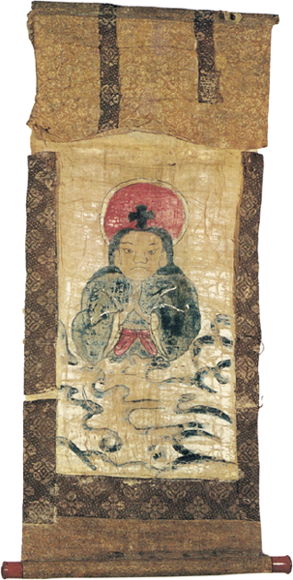
3 Silk banner with Christ, art of the Japanese crypto-Christians, 19th century. Ikitsuki, Japan.
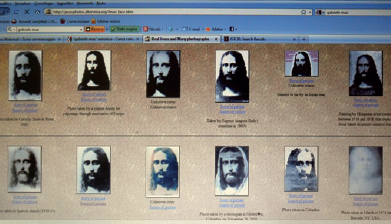
4 Blog showing the most famous pictures of Christ, made on the occasion of purported apparitions.
This process was not exclusive to Christianity. It is noteworthy that analogous dynamics took place in the context of Buddhism, even if their causes and effects were different. Lifetime portraits served to confirm the Buddhas historicity and to work as substitutive bodies enabling his followers to scrutinize him and obtain the same blessings that kyamunis contemporaries received after gazing on him. This parallelism is especially interesting insofar as it indirectly illustrates that authentic and lifetime portraits played a fundamental role in those religious traditions whose protagonists and founders were perceived as combining earthly and transcendental dimensions. From the devotional viewpoint, the only unmediated form of visual access to holy ones was enabled by their appearing to visionaries and mystics, who, in their turn, could make use of painted or sculpted
Photographs of Christ are presented as the indisputable witness to his authentic physiognomy, and prove to be in keeping with traditional iconography. His long hair does not contradict his dignified and well-kept countenance: on the contrary, it emphasizes his beauty and is deemed to manifest his outstanding moral qualities. It goes without saying that the direct source of inspiration for such works is the type of the Sacred Heart of Jesus standardized in the nineteenth century and circulated by countless devotional prints ().
Font size:
Interval:
Bookmark:
Similar books «The Many Faces of Christ»
Look at similar books to The Many Faces of Christ. We have selected literature similar in name and meaning in the hope of providing readers with more options to find new, interesting, not yet read works.
Discussion, reviews of the book The Many Faces of Christ and just readers' own opinions. Leave your comments, write what you think about the work, its meaning or the main characters. Specify what exactly you liked and what you didn't like, and why you think so.

